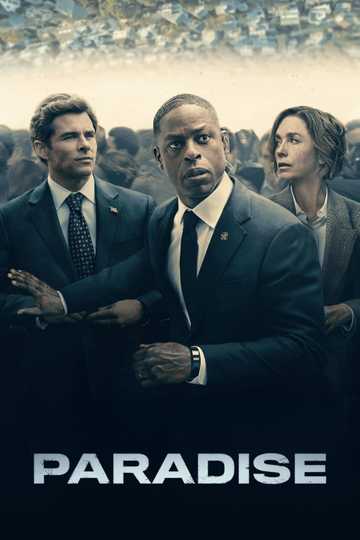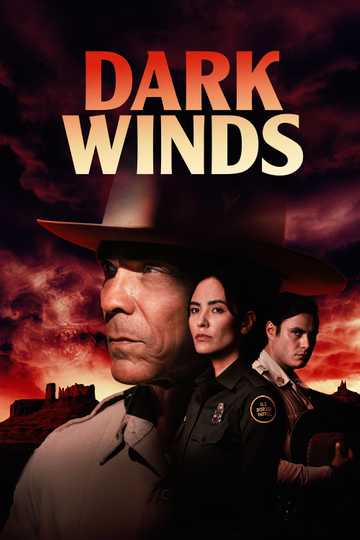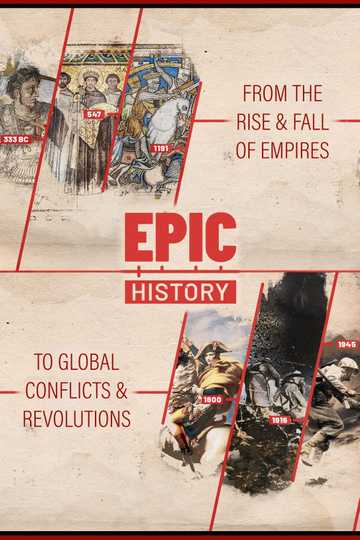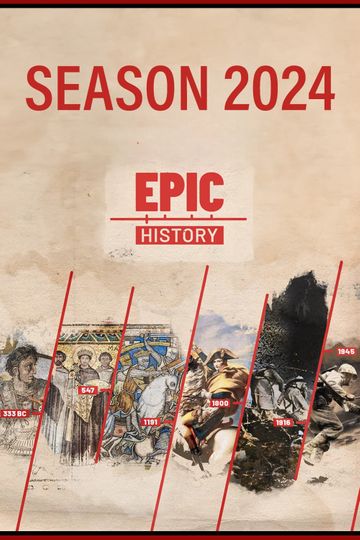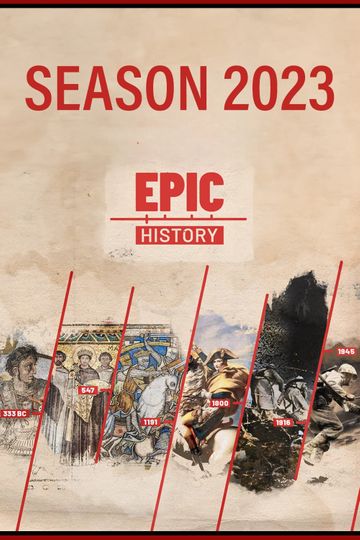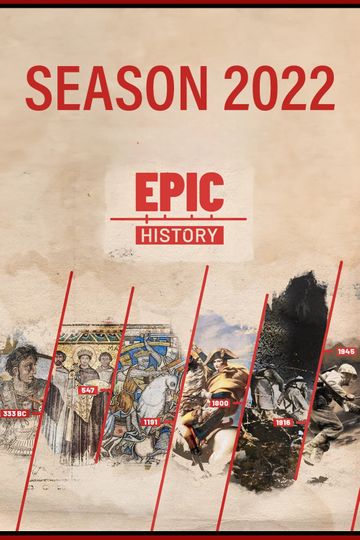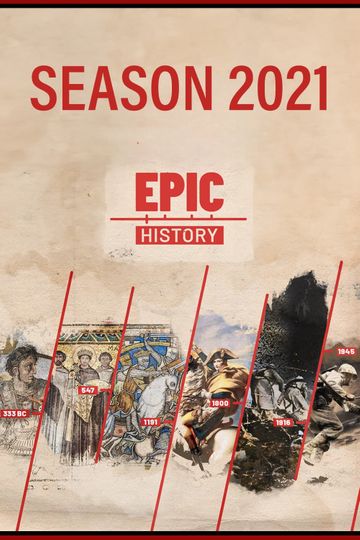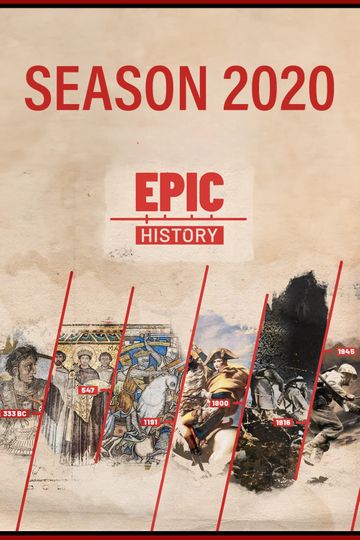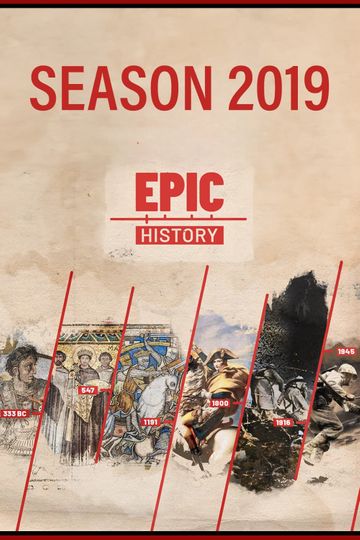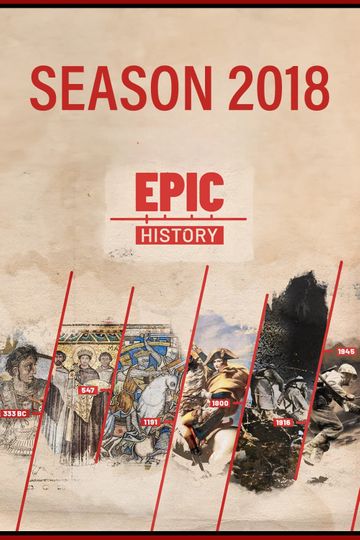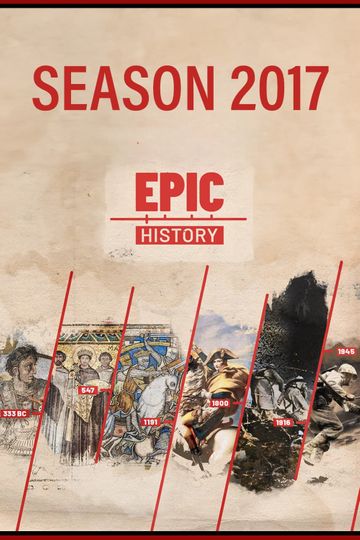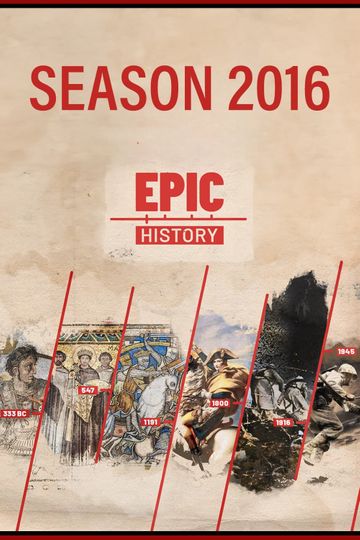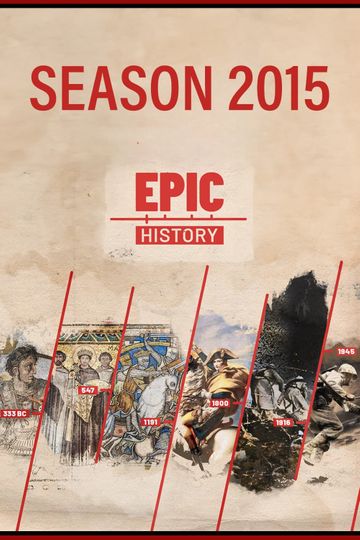2020 Episodes
1. Napoleonic Wars: Battle for Germany 1813
In 1813, following his disastrous invasion of Russia, Napoleon faced a desperate battle to save his empire. His enemies were gaining in strength, as Prussia and Sweden joined the Sixth Coalition against him, while Russian armies advanced across Poland and into Germany. The French Emperor worked miracles to raise a new Grande Armée of young conscripts, leading them to victory at Lützen and Bautzen. But Napoleon knew everything might ultimately depend on Austria - which side would his father-in-law, Austrian Emperor Francis I, chose to support? The matter would be settled after a fateful and ill-tempered meeting in Dresden between Napoleon and Austrian foreign minister von Metternich...
2. Napoleonic Wars: Battle of Leipzig 1813
In October 1813 Napoleon faced the combined might of the Sixth Coalition (Russia, Austria, Prussia, Sweden) near Leipzig, in what would prove to be the decisive battle of his career. Outnumbered, virtually encircled, Napoleon opted for a high-risk strategy of striking against Schwarzenberg's Army of Bohemia, before the other Coalition armies could come to his aid. The four-day Battle of Leipzig would be the largest and bloodiest battle in European history before the First World War, and one that changed the destiny of Europe.
3. Napoleonic Wars: Battle for France 1814
Following his defeat in the giant Battle of Leipzig (Oct 1813), Napoleon's final defeat seemed only a matter of time. But when Coalition armies crossed the Rhine and invaded France, Napoleon - outnumbered 4 to 1 - began one of the most daring and brilliant campaigns in military history. However Napoleon's hope that his victories would cause a fatal split in the Coalition did not materialise, and eventually, Schwarzenberg and Blücher's dash for Paris would seal the fate of the Napoleonic Empire.
4. Napoleonic Wars: The Invasion of Russia (All Parts)
In 1812 Napoleon invaded Russia with the largest army Europe had ever seen, composed of troops from France as well as Poland, Germany, Italy and several other allied states. The campaign that followed saw the Russians use scorched earth tactics to deny the enemy supplies, while Napoleon advanced further and further into Russia, searching in vain for the decisive blow that would force Emperor Alexander to negotiate peace. Even after winning a costly victory at Borodino and occupying Moscow, Napoleon's invitation to negotiate received no response. Napoleon found himself 500 miles from friendly territory, outnumbered, poorly supplied, and with winter approaching. What followed was one of the most harrowing and disastrous events in military history - the Retreat from Moscow - in which Russian attacks, freezing weather and starvation virtually wiped out the once-proud Grande Armée.
5. Napoleon's Marshals: Pérignon, Brune, Sérurier, Kellermann, Grouchy, Moncey, Poniatowski, Jourdan.
In 1804 Napoleon created 18 'Marshals of the Empire', to serve as the senior officers of the Grande Armée. He created a further 8 before his abdication. A few were aristocrats, but others were the sons of shopkeepers or tailors. The most favoured became princes and kings. Among their ranks were legendary figures such as Marshals Lannes, Soult, Davout and Massena, but also much less well know figures like Pérignon, Brune and Moncey. Our series will explore the lives of all 26 Marshals, and rank them according to our own judgement of their achievements as Marshals.
6. How to Build the Perfect Medieval Castle
This is Epic History TV's guide to building the perfect castle, based on the development of European medieval castles over 400 years of history. We trace the origins of the castle in the feudal system that emerged in France c.900 CE, and look at the early motte-and-bailey castle, used by the Normans to subjugate England and Wales in the 11th century. We then look at how castle's became stronger and more sophisticated, with the addition of stone curtain walls, massive keeps, towers (square, round and D-shaped), as well as powerful gatehouses, barbicans, machicolations and moats.
7. Napoleon's Marshals: Bernadotte, Augereau, Lefebvre, Mortier, Marmont.
In 1804 Napoleon created 18 'Marshals of the Empire', to serve as the senior officers of the Grande Armée. He created a further 8 before his abdication. A few were aristocrats, but others were the sons of shopkeepers or tailors. The most favoured became princes and kings. Among their ranks were legendary figures such as Marshals Lannes, Soult, Davout and Massena, but also much less well know figures like Pérignon, Brune and Moncey. Our series will explore the lives of all 26 Marshals, and rank them according to our own judgement of their achievements as Marshals.
8. Napoleon's Marshals: Saint-Cyr, Oudinot, Victor, Murat.
In 1804 Napoleon created 18 'Marshals of the Empire', to serve as the senior officers of the Grande Armée. He created a further 8 before his abdication. A few were aristocrats, but others were the sons of shopkeepers or tailors. The most favoured became princes and kings. Among their ranks were legendary figures such as Marshals Lannes, Soult, Davout and Massena, but also much less well know figures like Pérignon, Brune and Moncey. Our series will explore the lives of all 26 Marshals, and rank them according to our own judgement of their achievements as Marshals.
9. Napoleon's Marshals: Bessières, Macdonald, Masséna.
In 1804 Napoleon created 18 'Marshals of the Empire', to serve as the senior officers of the Grande Armée. He created a further 8 before his abdication. A few were aristocrats, but others were the sons of shopkeepers or tailors. The most favoured became princes and kings. Among their ranks were legendary figures such as Marshals Lannes, Soult, Davout and Massena, but also much less well know figures like Pérignon, Brune and Moncey. Our series will explore the lives of all 26 Marshals, and rank them according to our own judgement of their achievements as Marshals.
10. What made the Vikings so Dangerous? 5 Viking Deaths and What They Tell Us About the Viking Mindset
In AD 793, Vikings from Scandinavia began raiding Europe, striking fear with their sudden attacks, exemplified by the Lindisfarne raid. For 300 years, they terrorized and conquered, leveraging their naval prowess. Professor Tom Shippey explores the "Viking mindset" through their sagas, highlighting a fascination with death and a dark humor. Key figures like Ragnar Lodbrok, whose legendary death motivated his sons' vengeance, and King Hrolf, whose hall's discovery supports saga authenticity, illustrate this mindset. The sagas, though often fictional, reflect real cultural attitudes towards death and humor, seen in battles like Stamford Bridge where Harald Hardrada's poetic defiance marked the Viking era's end, leading to William the Conqueror's reign in England. This period showcases Vikings not just as warriors but as bearers of a unique cultural identity, blending bravery with a grim, humorous outlook on life and death.








